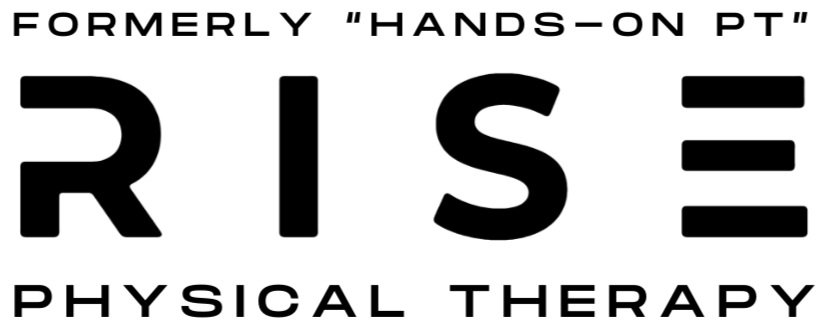
Manual Therapy
at RISE Physical Therapy
We Specialize in Manual Therapy
How RISE therapists are different
Manual therapy is a fundamental component of physical therapy that involves skilled, hands-on techniques performed by trained physical therapists to diagnose, treat, and prevent a wide range of musculoskeletal conditions and disorders. At RISE Physical Therapy, our team is comprised of therapists who specialize in manual therapy by receiving comprehensive additional training to set them apart for anyone in the area. In this article, we will delve into the world of manual therapy within the context of physical therapy, discussing its principles, techniques, benefits, and its crucial role in rehabilitation.
Understanding Manual Therapy
Manual therapy is rooted in the belief that the human body has an innate ability to heal itself, given the appropriate conditions. Physical therapists trained in manual therapy techniques use their hands as diagnostic and therapeutic tools to assess and treat musculoskeletal dysfunction. These techniques are typically administered alongside other physical therapy interventions, such as exercise and modalities, to create a comprehensive treatment plan tailored to each patient's unique needs.
Key Manual Therapy Techniques
1. Mobilization and Manipulation: These are gentle, controlled movements of joints and soft tissues aimed at improving range of motion, reducing pain, and restoring normal function. Mobilization involves slow, oscillatory movements, while manipulation involves a rapid, thrusting motion. Techniques vary depending on the specific condition and patient comfort.
2. Soft Tissue Mobilization: Physical therapists use their hands to apply pressure and manipulate soft tissues, such as muscles, tendons, and ligaments. This technique helps release tension, break down scar tissue, and improve tissue flexibility.
3. Myofascial Release: Myofascial release is a specialized form of soft tissue mobilization focused on addressing restrictions in the fascia, the connective tissue that surrounds muscles and organs. It aims to improve tissue pliability and reduce pain.
4. Strain-Counterstrain: This technique involves identifying tender points within the body and positioning the patient in a comfortable position that reduces strain on those points. This can help alleviate pain and improve joint mobility.
5. Dry needling and Cupping: We use other modalities to help decompress tissue as well as release engogenous opioids and hormone within the body to relieve pain and improve tissue tension.
Benefits of Manual Therapy
1. Pain Relief: Manual therapy can provide rapid relief from acute and chronic pain by reducing muscle tension, improving circulation, and restoring joint function.
2. Improved Range of Motion: Many musculoskeletal conditions lead to restricted joint mobility. Manual therapy techniques can help restore and enhance range of motion, enabling patients to move more freely.
3. Faster Recovery: Incorporating manual therapy into a rehabilitation program can accelerate the healing process, allowing patients to return to their normal activities sooner.
4. Non-Invasive: Unlike surgical interventions, manual therapy is non-invasive and generally has minimal side effects or risks.
5. Individualized Treatment: Manual therapy allows physical therapists to tailor treatment plans to each patient's unique needs and condition, ensuring personalized care.
Manual therapy is a valuable and effective component of physical therapy that plays a vital role in promoting healing, reducing pain, and enhancing functional outcomes for individuals with musculoskeletal issues. By using their hands as therapeutic tools, physical therapists can diagnose, treat, and prevent a wide range of conditions, helping patients regain their quality of life and mobility. Whether it's through joint mobilization, soft tissue manipulation, or myofascial release, manual therapy techniques continue to contribute significantly to the field of physical therapy, offering hope and healing to countless patients.
“Everything negative - pressure, challenges - is all an opportunity for me to RISE.”
-Koby Bryant
OUR METHOD
2.) Pain Reduction
1.) Assessment & Diagnosis
4.) Long term Prevention
3.) Return to Function

WHAT BOISE IS SAYING:
⭐⭐⭐⭐⭐






